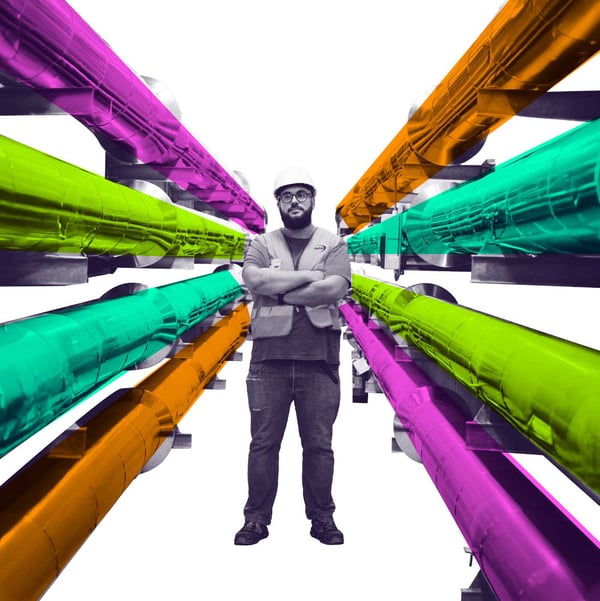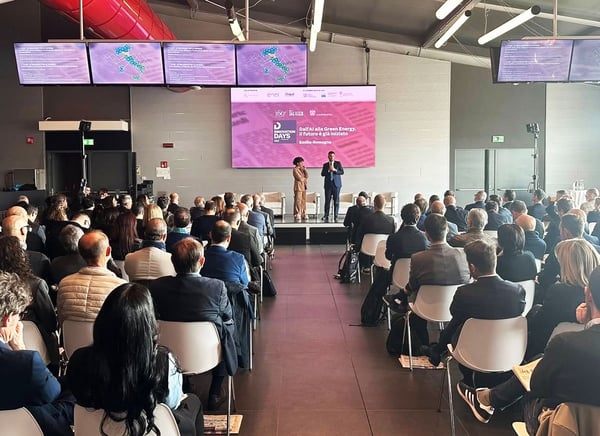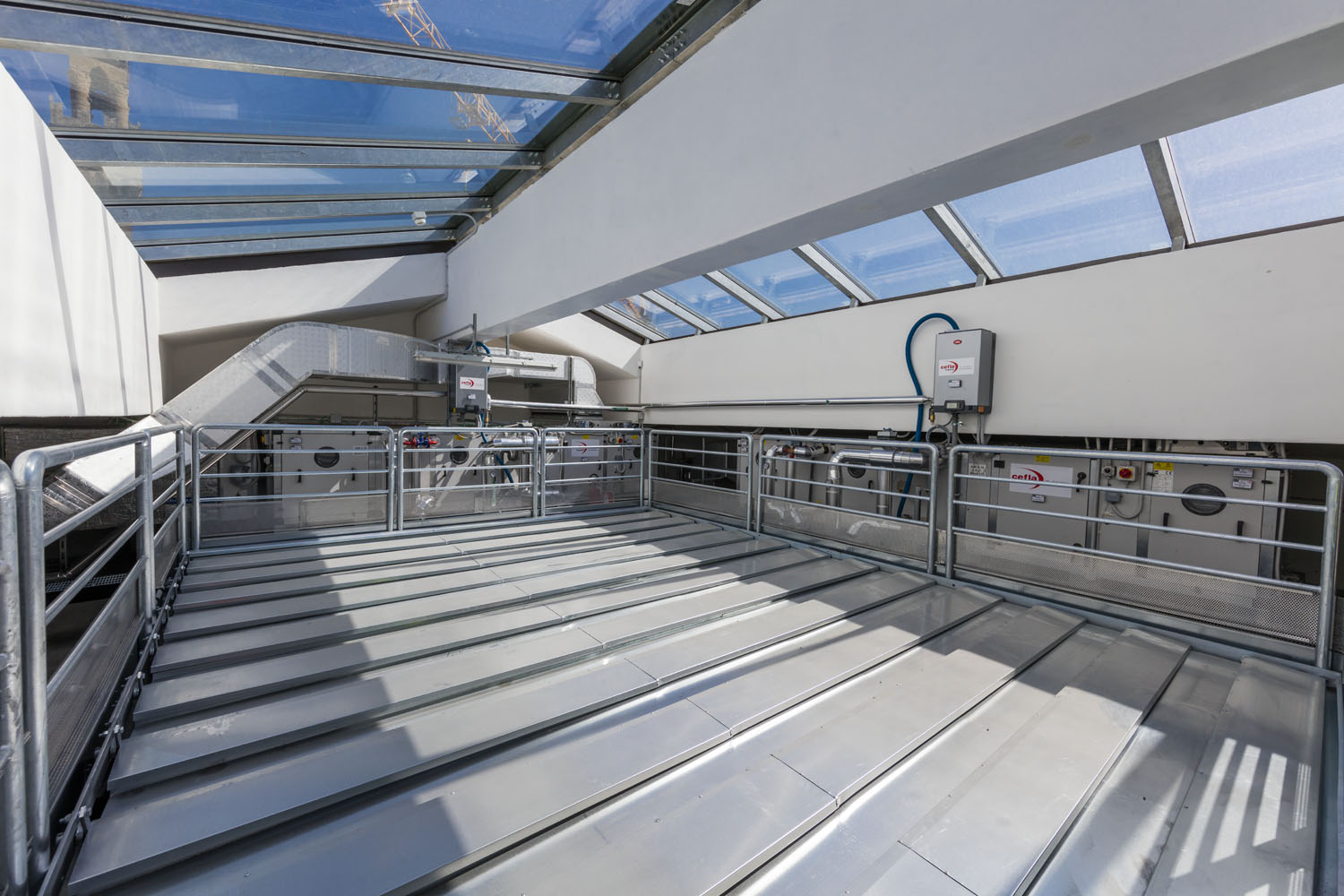Increasingly, in the entire industrial landscape and in the ceramic industry in particular, energy efficiency and energy cost control are the key to competitive success.
For this reason, the industry has for decades embarked on a path based on technological innovation, made up of plants developed according to technologies with little impact on the environment and high-performing in terms of consumption containment - all this completed by solutions such as cogeneration and photovoltaics.
Cogeneration , i.e., the use of methane gas for the combined generation of electricity and thermal energy, has been the special focus of Cefla, a company specialized in the development of innovative products and technologies for users in various production fields, including the ceramic industry. In particular, the latest frontier explored by Cefla is fuel cells.
Fuel cells for Cefla
"There are many types, but the most efficient are those fueled by solid oxides, the so-called SOFCs (Solid Oxide Fuel Cells), currently known as Fuel Cells, which make it possible to generate electrical and thermal energy in a clean way because they do not produce combustion, unlike what generally happens with methane. Not only that, Fuel Cells have a generation efficiency, i.e. conversion of the chemical energy from gas into electricity, that is about 25 percent higher than in known systems on the market for electricity generation and cogeneration."
Davide Ghidoni, Cefla proposal engineer
Compared to traditional technologies, then, Fuel Cells are more efficient and pollute less. They are also systems that have an extremely long life, more than 20 years, do not need maintenance like traditional cogeneration systems, and do not use fluids such as oil, urea or other fossil-derived chemicals. But Fuel Cells seem to be the answer to the other aspects of environmental sustainability as well. They are in fact hydrogen ready, that is, already fully usable for hydrogen operation, have a low noise impact and near-zero waste production, since the waste material produced by the erosion to which the fuel room is subjected during its operation is 98 percent recycled within new units.
And there's not just Fuel Cells: all CHP-based technologies are environmentally sustainable.
First of all, because producing electrical and thermal energy (in the form of hot water or flue gas at high temperatures) from a single energy source, methane, saves money compared to traditional systems in which more gas input is required to obtain the same energy sources.
Secondly, because the energy production process takes place directly within the site where the energy is used for manufacturing processes, that is, in close proximity to the user, making the system more efficient, with obvious savings of resources. So the advantage is to make the electric and thermal generation process more efficient.
What advantages does the use of Fuel Cells bring to the ceramics industry?
In this industry, the Fuel Cell finds an important application because, having hot air as the heat carrier, it is able to use 100 percent of the heat that is produced in a ceramic factory, which uses mostly hot air. The cost-benefit advantage lies in the near certainty of being able to use the entire heat output within the manufacturing process, thus avoiding the dissipation that comes from engines used to produce hot water.
In short, the goal of sustainability breeds innovation and produces surprising and ever-evolving solutions.
Published on July 04, 2025





